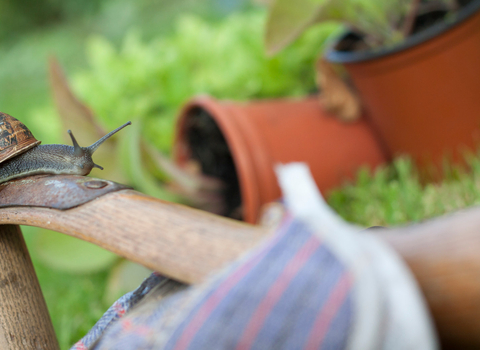Butterflies (and moths) are important pollinators and, along with caterpillars, represent vital food for birds like robins and blue tits, as well as bats. However, many of our once-common butterflies have declined dramatically in recent years due to catastrophic habitat loss, increased development, agricultural intensification and climate change. As an example, the small tortoiseshell has decreased by a massive 80% in South East England since 1990.
Yet, butterflies do have a lifeline. Together, the 16 million gardens across the UK form an area for wildlife larger than all our national Wildlife Trust nature reserves. This patchwork of habitats helps our wildlife to move about freely, forming a vast living landscape that links urban green spaces with the wider countryside.
A variety of different butterflies visit our gardens looking for food, places to breed, or spots to overwinter as adults, larvae or pupae. Species that can be spotted in gardens include the peacock, red admiral, painted lady, small white, large white, green-veined white, orange tip, meadow brown, small copper and common blue.
An ideal butterfly garden will have a wide variety of plants throughout the year to support the insects’ life cycles – from those emerging from hibernation to egg-laying females, caterpillars and adults. Early-flowering species, such as dandelions, aubretia and native bluebells, are good sources of nectar. These could be followed by buddleia and red valerian and, finally, ivy flowers, which are a great late-season asset in the autumn. Many wildflowers and long grasses are also excellent larval food-plants. Whether your garden is large or small – or simply a flowering window-box – it could throw these declining insects a lifeline, especially in urban areas.
Each garden will attract different butterflies depending on the plants, trees and shrubs present, plus what the surrounding habitats are like. However, while almost any flower with nectar can attract butterflies, it’s a slightly different story for caterpillar food or 'host' plants. In fact, the caterpillars of most butterfly species have just a short list of host plants. Often this is because caterpillars require particular chemicals from a plant to bring out their warning colouration as mature butterflies.
Growing host plants for caterpillars in the garden may not guarantee that the relevant butterflies will visit, but it’s worth experimenting with different host plants to see which species might find your garden suitable to breed in.


